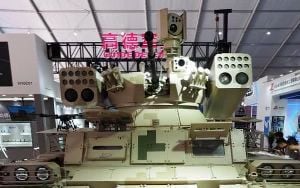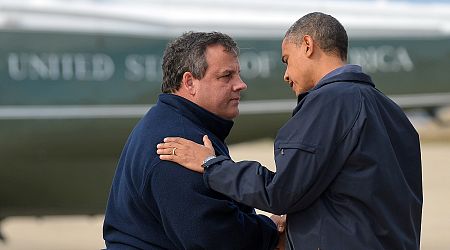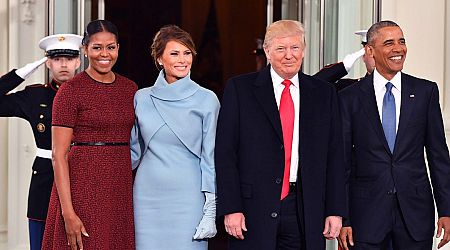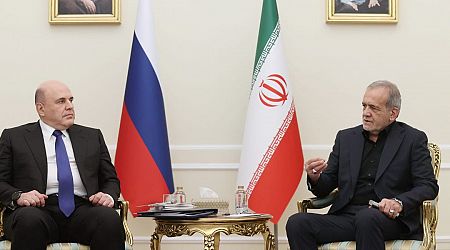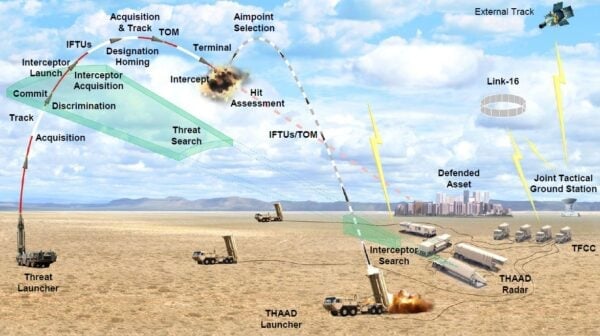Evolving Urban Conflicts
What would have been a simple narrative of popular sci-fi games just three short years ago, urban combat has become a mixture of traditional anxiety mixed with modern horrors on the battlefield. The Geo-political environment is asking for more

The QN-506, a low cost option mirroring the BMPT Terminator may become the pre-AI standard in Urban Combat.
What would have been a simple narrative of popular sci-fi games just three short years ago, urban combat has become a mixture of traditional anxiety mixed with modern horrors on the battlefield. The Geo-political environment is asking for more of these conflict in urban environments, characterised by high losses and brutal victories at the best of times. While there has been little development of new and innovative arms or equipment in urban warfare from the Second World War into the Vietnam War, the last few major conflicts in urban situations gave rise to new concepts of protection and firepower via hard lessons in combat.
The Soviet experience in Afghanistan as well as Russian losses in the Chechen Wars was a lesson in armour support. While the traditional method of bringing tanks into an urban situation required accompanying soldiers to protect tanks and armour, the use of and development of a dedicated anti-personnel armour vehicle became a necessity. Anti-air systems like the ZSU-23-4 Shilka were stripped of their radar and used in a direct fire role against high angled targets in the mountains of Afghanistan. Despite this lesson, urban combat in Chechnya resulting in the loss of many Russian armoured vehicles, despite the past lessons of using the Shilka against high angled targets.
The era that approached the 2010s still required a proper system for protected urban combat, even after a generation of slow developments by urban warriors fighting in Iraq and extended fighting in Afghanistan. An independent system/assault drone was still out of reach, but was demonstrated in the movie Robocop in 2014. The classic ED-209 from the 1980s Robocop films was re-imagined and put in the role of urban combat droid, a concept that will likely be seen in the near future as a method to avoid casualties in urban combat.
When the War in Ukraine began, one of the most fear combat systems possessed by Russian Forces approaching Kyiv was the BMPT Terminator. Based on a modified T-72 hull and chassis, the mass produced T-72 was used with an updated unmanned turret to create a modern urban combat vehicle that utilised large reserve stocks of older classic T-72 hulls. Added protection to the T-72 enabled the crew of 2 to be buttoned up inside of the protected hull, while the active turret was controlled remotely. The turret consisted of an arsenal of weapons to suit an urban environment, notably two cannons from the BMP-2, machine guns, anti-tank missiles and other useful sensors to repel assaults from high angles above or from protected shelters. The BMPT Terminator was a manned version of something seen in sci-fi movies, with technology that could be developed into a BMPT that could perhaps be unmanned in the future. The Uran-9 concept was just that, a unmanned ground attack drone that is likely still in development today.
While systems like the Uran-9 require a new manufacture and design, the idea of using older T-72 hulls for a new system like the Terminator may become a solution for the ever dwindling armour stockpile being ground through in the War in Ukraine. The old Soviet stockpile being used by both Russia and Ukraine in combat is often not destroyed by other tanks, but by artillery, drones, and personnel using anti-tank weaponry. While the T-72s are being ripped apart on the battlefield, Russia possesses many T-55 hulls in storage from the mid-Cold War period with cannons that are not effective against modern armour on the battlefield. If these systems could be re-imagined for urban combat, they might provide an easily accessed and rapid solution for either army fighting in towns across Ukraine and Russia.
The idea of putting a modern system on an old and well stocked hull was attempted by China already with their QN-506 vehicle, China’s “Terminator” concept. The PLA’s copy of the Soviet T-54, the Type 59, is part of the same design family as the T-55, and is the basis for the QN-506 urban combat vehicle. While this system did not sell well on the international market when it was first presented, it was a concept that was meant as a option for countries who possessed the older T-55/Type 59 hulls to have a modern urban combat platform for their military. The QN-506 also had a single cannon like an M2 Bradley, but in an unmanned turret like the BMPT. The QN-506 also had a series of smaller rockets, anti-tank missiles, and its own drone, along with sensors and equipment to serve in an urban combat environment. While the concept did not sell well as few short years ago, such a system will likely be effective in urban conflicts where no such system alternatives exist at the moment. This low cost alternative will be the best option for many militaries, as traditional tanks have several drawbacks as experienced in Grozny, warfare that is increasingly urban and based on developing AI technologies. While conflicts grow, more of these systems will find their place in those battles. It is just a matter of time before we see an ED-506 perhaps, as losses of AI equipment can easily be replaced.


















